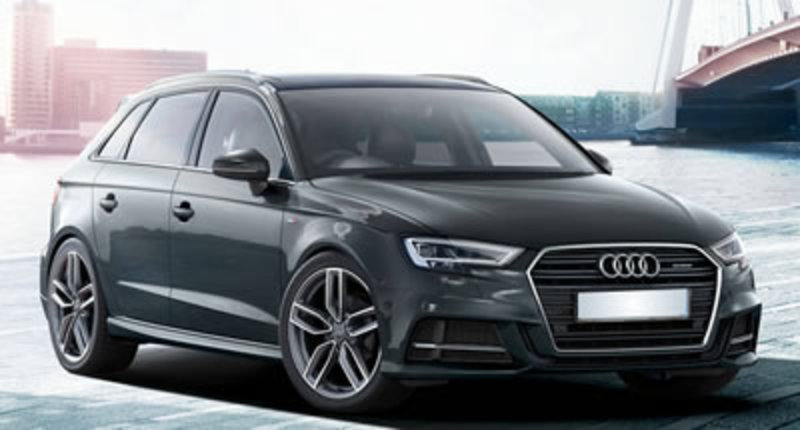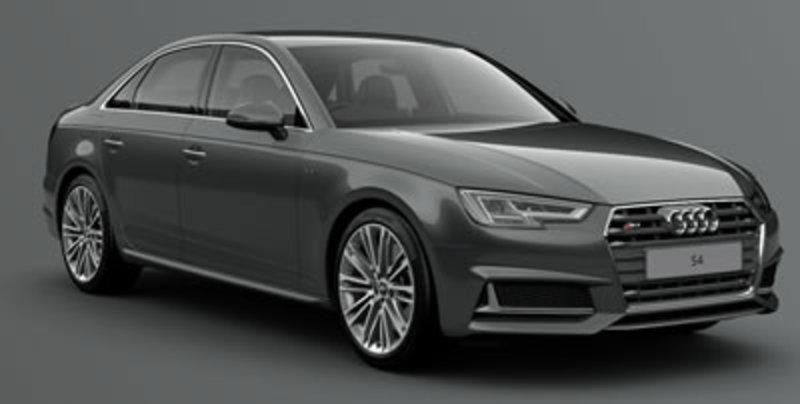New Audi Model Naming Convention
Published Date: 6th Nov 2018
 Audi has introducing a new approach to naming its model range, whether the new changes are overkill and will confuse Audi car buyers remains to seen. The core name changes mean models will be designated names based on their power output instead of the existing method of naming by engine capacity.
Audi has introducing a new approach to naming its model range, whether the new changes are overkill and will confuse Audi car buyers remains to seen. The core name changes mean models will be designated names based on their power output instead of the existing method of naming by engine capacity.
What’s a little odd about the naming convention is that Audi have decided to use numbers that have no direct correlation to the power output ranges they represent. This seems a strange decision and may cause some confusion amongst customers but remains to be seen.
The model designations are 30, 35, 40, 45, 50, 60 and 70 based on power output ranges outlined in the table below:
|
Model Designation |
Power Output Range |
|
Renamed To ‘30’ Models |
107 - 127 bhp |
|
Renamed To ‘35’ Models |
145 - 159 bhp |
|
Renamed To ‘40’ Models |
165 - 198 bhp |
|
Renamed To ‘45’ Models |
223 - 24 4bhp |
|
Renamed To ‘50’ Models |
278 - 304 bhp |
|
Renamed To ‘60’ Models |
423 - 449 bhp |
|
Renamed To ‘70’ Models |
529 bhp and above |
 The new model naming convention will be applied to the complete range of standard Audi cars regardless of engine/fuel type, for example:
The new model naming convention will be applied to the complete range of standard Audi cars regardless of engine/fuel type, for example:
- The Audi Q2 1.6 TDI becomes the Q2 30 TDI
- A 1.5TFSI 150ps S-Line manual becomes a 35 TFSI S Line manual
- The A8 3.0 TDI becomes the A8 50 TDI .... and so on .....
It should also be noted that top of the range S models, RS models and Audi R8 models will retain their model names.
The significant benefit to the car buyer of the new model names is they can easily compare directly petrol, diesel, hybrid and full electric vehicles. German car maker Audi say the new structure will allow models to reflect the added performance delivered by future full electric and hybrid powered vehicles.
